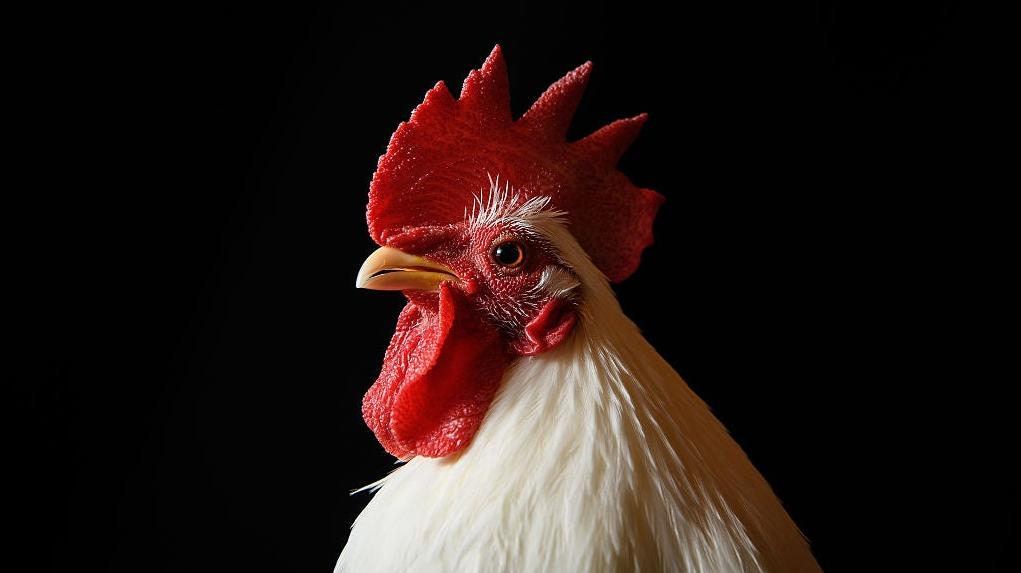Ancient Chickens Were Too Sacred To Eat, Says Archaeology
Modern chickens, meanwhile, are less than happy about their role in society
Today's modern chickens can expect to live somewhere between 33 and 81 days, so they'll probably be furious if they find out their ancient ancestors got to live past the ripe old age of two years on account of humans venerating them as "sacred." So, nobody tell the chickens, okay? They have enough things to be upset about.
This exciting revelation in chicken ancestry comes to us from from the University of Exeter, where researchers have developed a way to examine 3,000-year-old bones that can reveal the age at which an ancient chicken shuffled off its mortal coil. Upon examining poultry carcasses from Britain's Iron Age and Roman and Saxon period, the archaeologists discovered these chickens of yore lived between two and four years; though this is quite a bit shorter than their natural lifespan, a chicken can accomplish quite a lot in two to four years if it truly lives life to the fullest. The researchers believe the chickens they analyzed were used for ritual sacrifices or cockfighting, and those are the sorts of activities that could really make a difference in a civilization where gods were easily angered and entertainment options were scarce.
This discovery is exciting for archaeologists and chicken-history buffs, because most existing bone dating techniques—such as analyzing fusion and tooth wear—cannot be used on birds' delicate skeletons. To crack the chicken code, the Exeter researchers had to develop a brand new bone dating method based on size of the tarsometatarsal spur, a leg joint that male chickens develop once they reach adulthood. The researchers analyzed 123 ancient chicken bones and were able to determine that 50% belonged to chickens that had lived past the age of two, and 25% made it past three.
According to Dr. Sean Doherty, the archaeologist who led the study, the findings imply that these chickens were revered by the native tribes of prehistoric Britain.
"Most chicken bones show no evidence for butchery and were buried as complete skeletons rather than with other food waste," said Doherty in an article published on the University of Exeter's website.
"The study confirms the special status of these rare and highly prized birds, showing that from the Iron Age to Saxon period they were surviving well past sexual maturity. Most lived beyond a year, with many reaching the age of two, three and four years old. The age of which cockerels then started to die at becomes younger after this period."
What level of respect do you, personally, have for chickens? Let us know in the comments.
